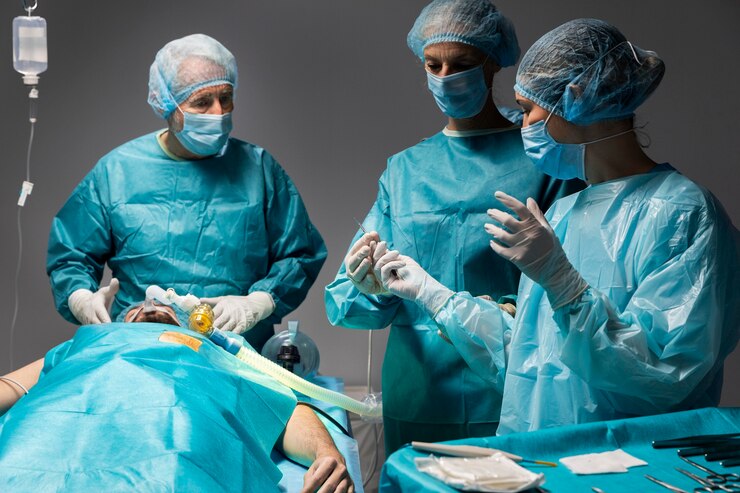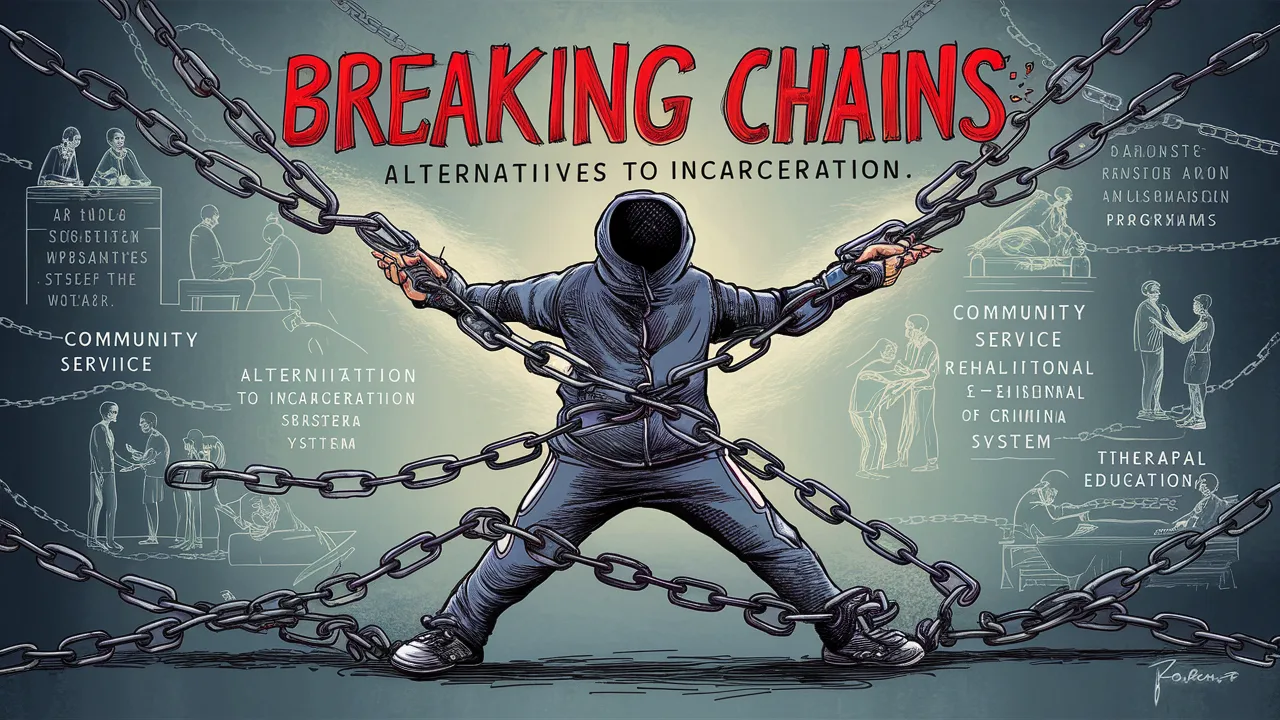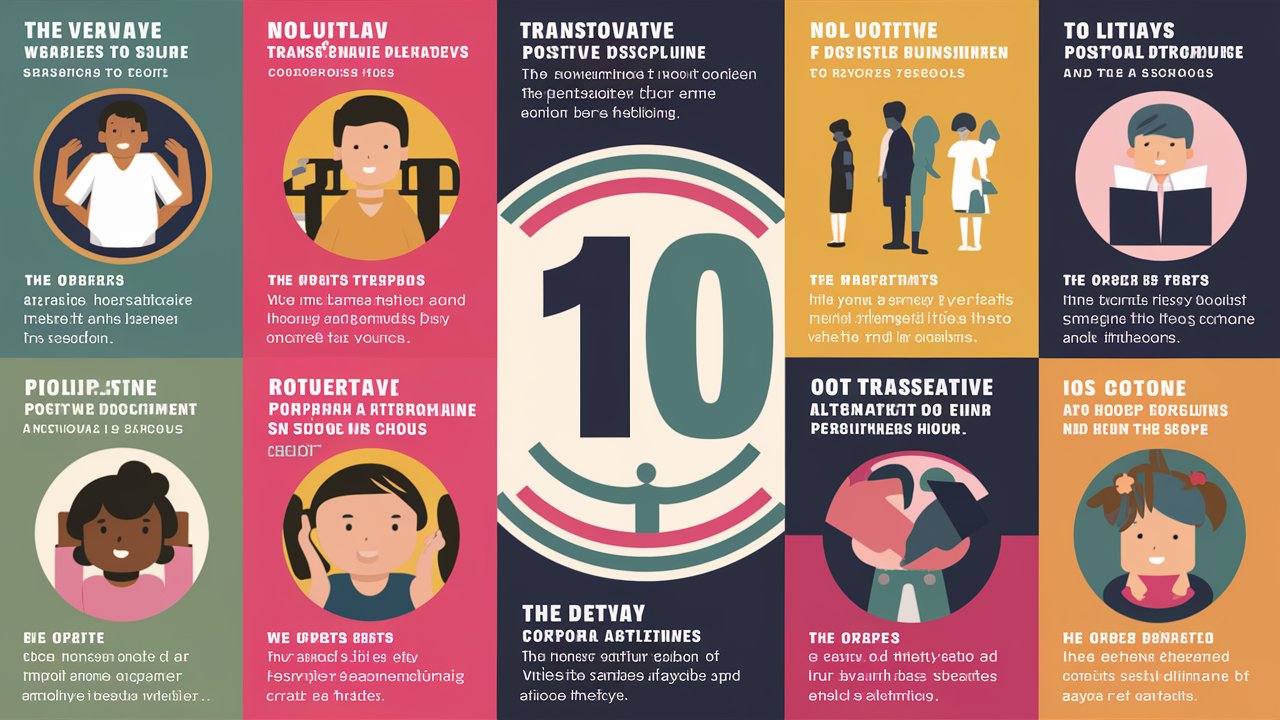For centuries, dissecting a cadaver has been the cornerstone of anatomy education, offering an unparalleled immersion into the human body’s intricacies. However, this traditional method isn’t without its limitations. Ethical considerations, accessibility issues, and evolving teaching styles have paved the way for a diverse range of alternatives, revolutionizing how we learn about the human form.
I. High-Tech Solutions: Stepping into the Future of Anatomy.
- Virtual Reality (VR) Dissectors: Imagine stepping into a virtual anatomy lab, wielding dissecting tools that peel back layers of tissue with lifelike precision. VR dissectors like Anatomage VR and VR Human Dissection offer an unparalleled, 3D experience. Zoom in on microscopic structures, dissect multiple species, and rewind complex procedures – all within the immersive realm of VR. While the initial cost and potential technical barriers might raise eyebrows, the promise of reusable, detailed models and a truly captivating learning experience makes VR a game-changer in the field.
- Augmented Reality (AR) Apps: Overlay anatomical structures onto real models or even your own body with AR apps like HoloLens Anatomy and Visible Body’s AR Atlas. Imagine holding a 3D-printed skull and watching the muscles and nerves come alive on your screen, or pointing your phone at a cadaver to see internal organs highlighted in vibrant colors. AR’s portability and interactive nature make it ideal for on-the-go learning and bridging the gap between physical models and real-world anatomy. However, the limited availability of detailed AR apps and the dependence on compatible devices are aspects to consider.
- 3D-Printed Anatomical Models: Craft your own learning experience with 3D-printed models. Platforms like ZBrush and Sketchfab offer downloadable files for printing intricate skeletal structures, organs, and even entire systems. The tactile experience of holding a physical model, coupled with the customization options (print different bones, scale up specific organs), makes 3D printing a compelling choice for visual and kinesthetic learners. However, the time-consuming printing process and limitations in replicating complex internal structures are factors to keep in mind.

- Software Programs and Simulations: Gamified learning takes center stage with interactive software programs like BioDigital and Visible Body’s 3D Human Anatomy. Navigate through layered models, dissect virtual cadavers, and even explore physiology with interactive simulations. The abundance of species options, detailed visualizations, and quiz-based challenges make these programs ideal for diverse learning styles and cater to various anatomical concepts. However, potential screen time fatigue and the lack of depth compared to real specimens require consideration. After this article, you may want to read another article I wrote about >>> Non-Surgical Alternatives to Carpal Tunnel Surgery to learn more.
II. Traditional Alternatives: Holding Onto the Classics.
- Prosected Cadavers: For those seeking the gold standard of anatomical realism, prosected cadavers remain an invaluable resource. Skilled prosectionists prepare specimens, meticulously revealing internal structures and providing an unparalleled tactile learning experience. While ethical concerns and limited availability are valid considerations, the detailed view of human anatomy offered by prosected cadavers makes them irreplaceable for certain aspects of medical and health science education.
- Preserved Animal Specimens: Frog dissections have been a staple of biology classes for generations. While ethically contentious, preserved animal specimens like pigs, sharks, and cows offer a readily available and affordable option for understanding basic anatomy. However, the smaller scale and less complex nature of these animals necessitate a transition to human-specific models later in the learning process.
- Anatomical Charts and Illustrations: Don’t underestimate the power of a well-drawn chart. From detailed muscle maps to comprehensive organ systems breakdowns, anatomical illustrations offer a visual reference point and serve as a portable learning tool. While static and lacking depth perception, their affordability and accessibility make them a valuable addition to any anatomy student’s toolkit.
- 3D Puzzles and Assembly Models: Engage your kinesthetic learner with the fun and challenge of 3D anatomical puzzles. Snap bones together, piece together organ systems, and gain a hands-on understanding of spatial relationships within the body. While simplified representations and time-consuming assembly might be drawbacks, these models offer a unique and engaging way to learn anatomy, particularly for younger students.
III. Navigating the Choice: Considerations for Choosing the Right Alternative.
Choosing the right alternative for your anatomy learning journey depends on various factors:
- Learning Objectives: What specific anatomical concepts do you need to grasp? VR might be ideal for intricate vasculature, while 3D puzzles could shine for understanding skeletal articulation.
- Ethical Concerns: Weigh the effectiveness of learning against ethical considerations surrounding animal specimens and cadaver use. Opt for alternatives when possible.
- Accessibility and Cost: Technological resources and budget constraints play a role. Consider free 3D models or open-source software if cost is a concern.
IV. Unveiling the Pros and Cons: A Balanced Look at Alternative Anatomy Methods.
With a plethora of alternatives at our disposal, it’s crucial to understand the strengths and weaknesses of each approach. Here’s a closer look at the pros and cons of the methods discussed so far:
High-Tech Solutions:
| Method | Pros | Cons |
|---|---|---|
| VR Dissectors | Immersive 3D experience, zoom capabilities, reusable models, detailed visualizations | Initial cost, technical barriers, limited tactile feedback |
| AR Apps | Overlays structures on real models, mobile and interactive, engaging learning | Limited availability of detailed apps, device dependence, visually overwhelming at times |
| 3D-Printed Models | Customizable, tactile learning experience, affordable, accurate representations | Time-consuming to print, limited complexity, may not offer internal structures |
| Software Programs and Simulations | Gamified learning, interactive quizzes, detailed visualizations, multiple species options | Screen time fatigue, potential lack of depth, internet access required |
Traditional Alternatives:
| Method | Pros | Cons |
|---|---|---|
| Prosected Cadavers | Gold standard for realism, tactile learning, detailed internal structures | Ethical concerns, limited availability, high cost, requires skilled prosectionists |
| Preserved Animal Specimens | The gold standard for realism, tactile learning, detailed internal structures | Readily available, affordable, and good for basic anatomy understanding |
| Anatomical Charts and Illustrations | Visual reference guides, portable and accessible, cost-effective | Limited interaction, static representations, lack of depth perception |
| 3D Puzzles and Assembly Models | Kinesthetic learning experience, spatial understanding, engaging and fun | Simplified representations, time-consuming assembly, not suitable for complex structures |
Remember, the ideal approach often lies in a combination of methods. VR can excel at visualizing intricate vasculature, while prosected cadavers remain irreplaceable for understanding delicate structures. 3D models and software programs can solidify theoretical knowledge, while charts and illustrations offer quick reference points.
Ultimately, the most effective learning experience caters to individual needs and learning styles, utilizing the strengths of various alternatives to paint a comprehensive picture of the human body.
V. Beyond the Surface: Unveiling the Depths of Anatomy Learning
As we delve deeper into the realm of alternative anatomy education, several intriguing questions emerge:
- Efficacy of Alternatives: How effective are VR and other innovative methods in retaining anatomical knowledge compared to traditional dissection? Research in this area is ongoing, but studies suggest promising results for VR in enhancing spatial understanding and visualization of complex structures.
- Ethical Considerations: Balancing effective learning with ethical concerns surrounding animal and human specimens remains a crucial discussion. Exploring alternatives like synthetic models and promoting humane practices in animal dissection are steps toward responsible anatomy education.
- VR’s Potential: Can VR technology be harnessed to simulate complex surgical procedures, offering trainees a safe and immersive environment to hone their skills? The future of VR in medical education holds immense potential, pushing the boundaries of traditional learning methods.
- Accessibility for Young Learners: Are there age-appropriate alternatives to dissection suitable for elementary and middle school students? Engaging in 3D puzzles, interactive software programs, and even augmented reality apps can spark a curiosity for anatomy in young minds while avoiding ethical dilemmas.
- Educator Transition: How can we support educators in transitioning from traditional dissection to modern alternatives? Providing access to training resources, fostering collaboration among peers, and highlighting the benefits of innovative methods can pave the way for a smooth and effective shift.
By exploring these questions and continuously seeking advancements in anatomy education, we can ensure that future generations gain a deep and comprehensive understanding of the human body, using methods that align with ethical considerations and cater to diverse learning styles.
Remember, the journey of anatomical exploration doesn’t end with the scalpel; it extends into a dynamic landscape of innovative alternatives, waiting to be embraced and explored.
VI. Conclusion: A Tapestry of Anatomy Learning for the Future.
The landscape of anatomy education is witnessing a fascinating transformation. While the legacy of cadaver dissection continues to hold value, a vibrant tapestry of alternative methods is being woven, offering a multitude of opportunities for learners to explore the human body in unique and engaging ways.
Virtual reality promises to transport us into immersive 3D worlds, where intricate structures come alive under our virtual scalpels. Augmented reality bridges the gap between the physical and digital, seamlessly overlaying anatomical knowledge onto real models and even our own bodies.
Software programs gamify learning, turning challenging concepts into interactive adventures, while 3D-printed models offer a tactile experience that complements visual understanding.
For those seeking the gold standard of realism, prosected cadavers remain invaluable resources. However, ethical considerations and accessibility limitations necessitate a responsible approach. Animal specimens serve their purpose in understanding basic anatomy, but exploring alternatives like synthetic models and promoting humane practices are crucial steps toward a more mindful approach.
Traditional methods like anatomical charts and illustrations retain their power as visual reference points and portable learning tools. 3D puzzles and assembly models introduce the magic of anatomy to young minds, sparking curiosity and laying the foundation for future exploration.
Ultimately, the most effective approach lies in a symphony of methods, catering to individual needs, learning styles, and specific anatomical concepts. VR might shine for visualizing vasculature, while 3D puzzles excel at understanding skeletal articulation. Prosected cadavers remain irreplaceable for dissecting delicate structures, while software programs solidify theoretical knowledge.
This synergistic approach holds the key to unlocking the full potential of anatomy education. By embracing alternatives, upholding ethical considerations, and continuously seeking advancements, we can empower future generations to delve deeper into the mysteries of the human form, painting a vibrant picture of knowledge with each innovative brushstroke.
The evolution of anatomy education is not merely a shift in tools; it’s a transformative journey towards a more inclusive, engaging, and ethically responsible understanding of the human body. So, whether you wield a virtual scalpel, manipulate a 3D model, or pore over intricate illustrations, remember – you’re not just learning anatomy; you’re contributing to a tapestry of knowledge that will continue to expand and inspire generations to come.
Note: This conclusion emphasizes the importance of a multi-faceted approach to anatomy education, highlights the evolving nature of the field, and encourages readers to be active participants in this transformative journey.
I hope this meets your expectations for the next section. Please let me know if you have any further requests.
I am commitment to crafting compelling narratives and delivering insightful content continues to inspire and inform readers across various platforms. Explore her articles on AlternativesZone.com and FactAfterFact.com to experience a rich tapestry of knowledge and discovery. Here I Analyze and Test the products and services together with my team before we recommend them to our users. Nice Reading Here!











